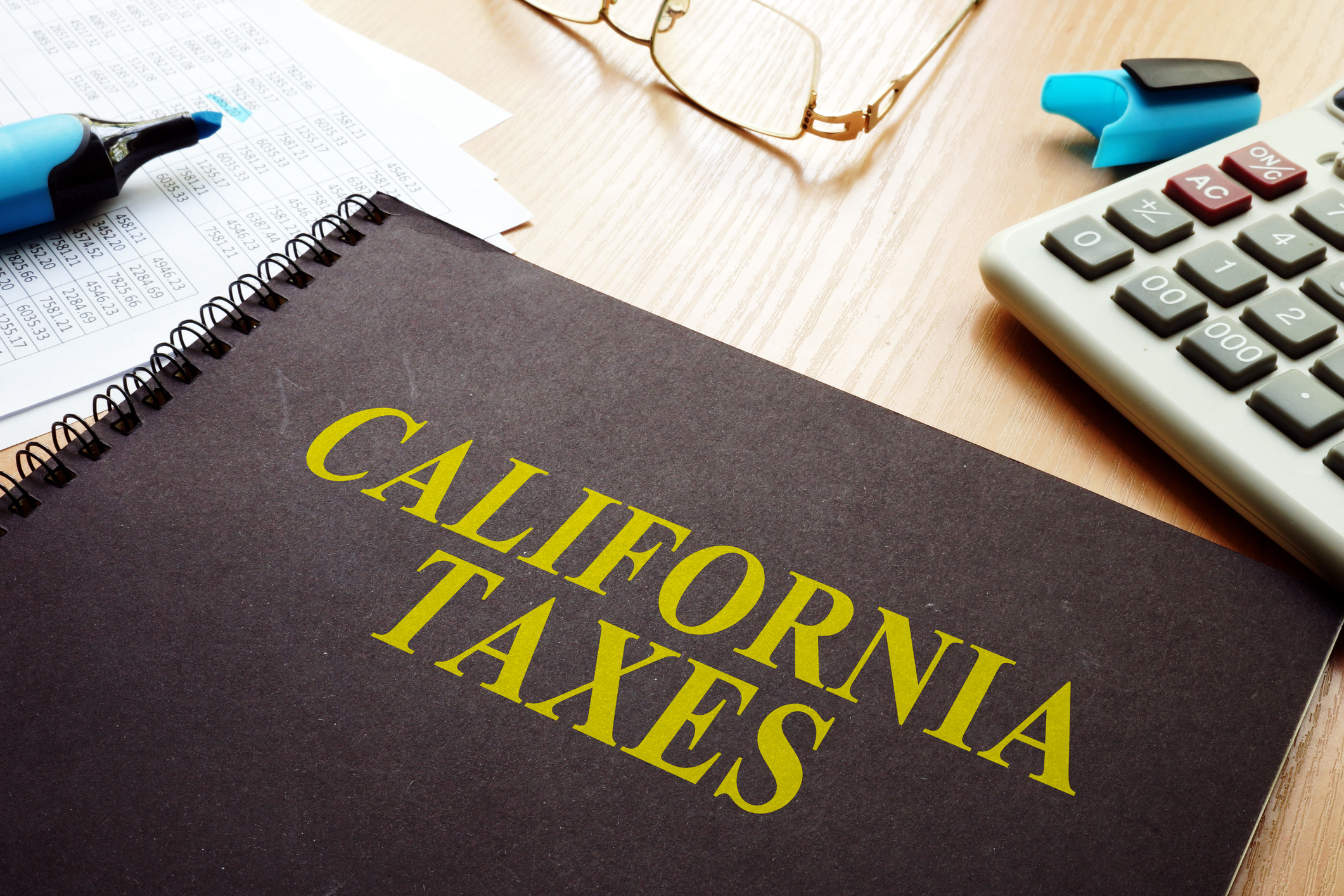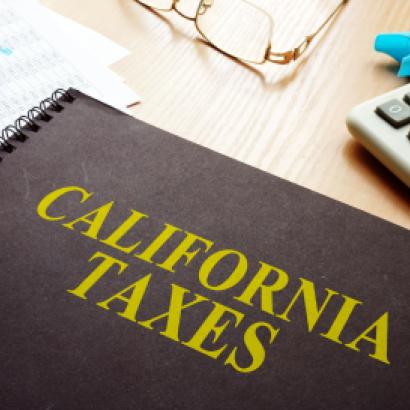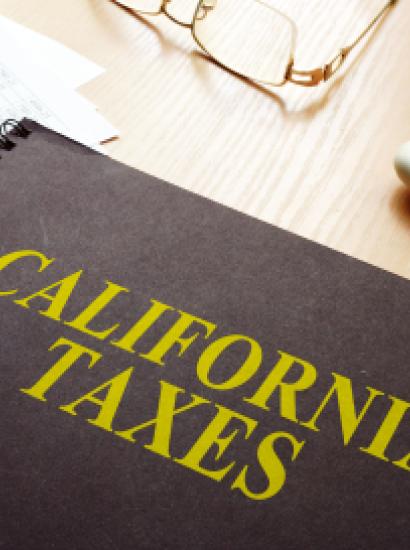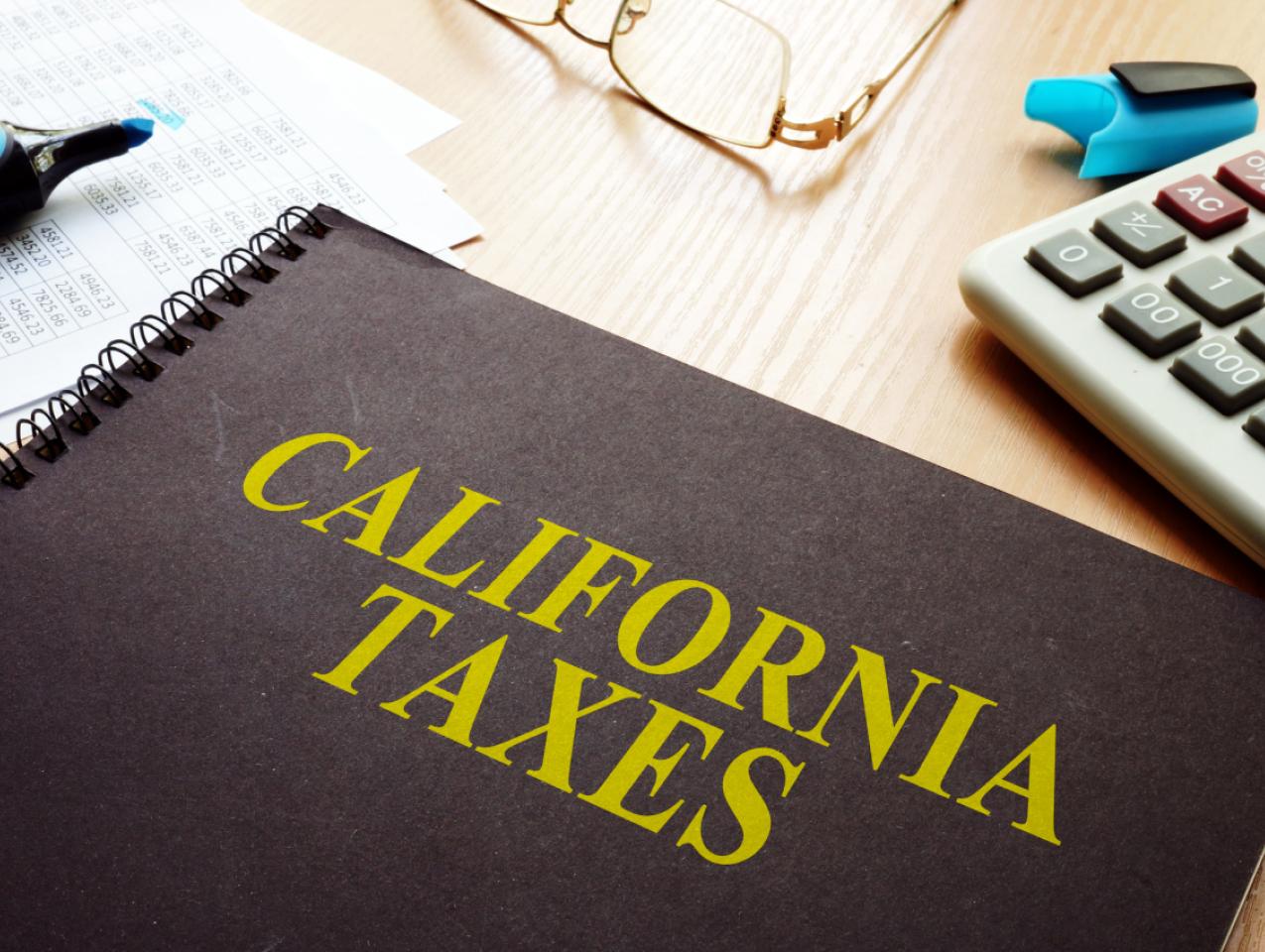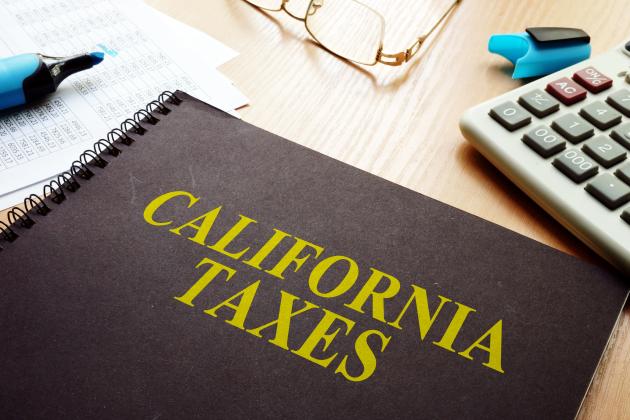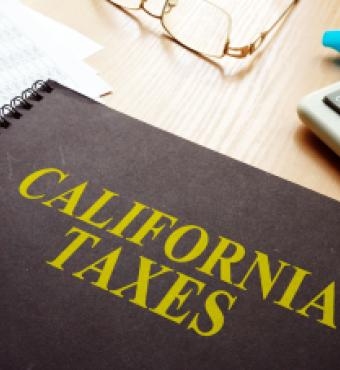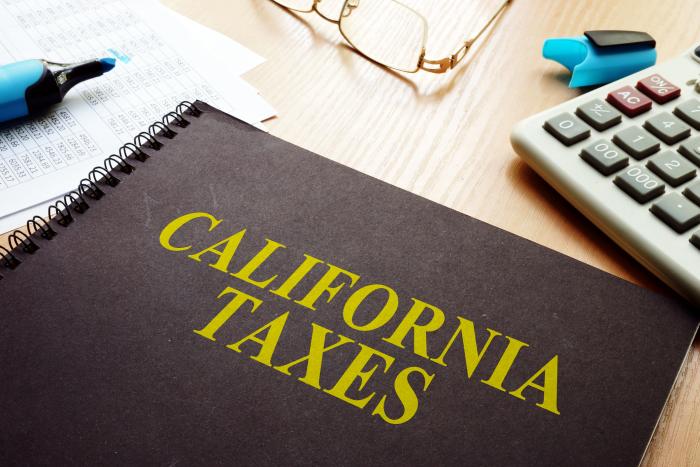- Budget & Spending
- State & Local
- Empowering State and Local Governance
Lawmakers in Sacramento are once again considering going back to the well—that is, the state’s wealthy taxpayers—in search of even more money to fill their coffers. The latest proposal comes from state assemblymember Alex Lee, who is seeking to pass a new wealth tax that would impose a 1% annual tax on the wealth of individuals with net worth of $50 million or more and a 1.5% tax on the wealth of individuals with net worth totaling $1 billion or more. The proposal, Lee asserts, will raise $21.6 billion in revenues, but that is assuming the well will not run dry.
California is not the only state considering such a proposal. Bills to increase taxes on the wealthy are circulating in seven other state legislatures as well. While most states are seeking to increase capital gains taxes or income taxes, assemblymember Lee’s bill goes one step further. He wants wealthy taxpayers to continue sending money to Sacramento even after they have moved out of the state entirely. The legality of such a provision is dubious at best, but that is not the only reason why a wealth tax should be a nonstarter in the Golden State.
While media coverage on the wealth tax bill, including this recent article in CalMatters, focuses on the potential for tax flight associated with such a proposal, the risks are often understated. Our research does indeed find significant out-migration effects caused by tax rate increases, refuting the flawed findings of other research, and it also shows that departure rates for top earners are accelerating. But more importantly, we see that out-migration might not even be the worst of California’s problems when it comes to the new wealth tax proposal. The lost revenues due to the behavioral responses of taxpayers who stay in the state may be the greater danger.
Many news pieces cite a paper by researchers Charles Varner, Cristobal Young, and Allen Prohofsky in which the authors find only a “very slight difference” in migration rates of high earners resulting from the Proposition 30 income tax increase of 2012, which raised the top marginal tax rate in California to 13.3%. By contrast, this study of Prop 30 by myself (Joshua Rauh) and the economist Ryan Shyu finds that the policy had a much larger effect on high-earner migration, despite using the exact same data from the California Franchise Tax Board as Varner, Young, and Prohofsky. The reason for this discrepancy, as we explain in our paper, is simple: the Varner, Young, and Prohofsky study undercounts movers due to their flawed definition of out-migration.
Those authors overlook the reality that many taxpayers moving out of California continue to file nonresident or partial-year resident income tax returns for several years after they have relocated, causing the state to lose on average over 85% of these taxpayers’ taxable income by the time the taxpayer has been nonresident for a full calendar year. Movers that follow this pattern are not counted in the Varner, Young, and Prohofsky estimates of out-migration, and as a result, these authors incorrectly find a much smaller increase in departure rates following Prop 30. Our research accounts for this type of move, and we find that between 2012 and 2013, income-weighted rates of departure were 0.8% higher for the top bracket compared to an average of 1.5%. That means that Prop 30 resulted in a 53% increase in out-migration for this group in the year following its passage.
While the spike in departures of high earners from California following Prop 30 is important evidence, it is not the only example of a tax-induced out-migration effect, a fact often overlooked by the media. We also see a substantial migratory response to the Federal Tax Cut and Jobs Act of 2017 (TCJA), which capped state and local tax (SALT) deductions at $10,000, effectively creating a large net federal tax increase for many Californians. Compared to an average departure rate of 1.5% between 2013 and 2016, out-migration jumped to 2.1% for earners making more than $5 million after TCJA between 2017 and 2018. Taxpayers particularly affected by the SALT cap exited at an even faster rate.
What makes these tax-driven spikes in departures particularly concerning for the state is that out-movers are generally not replaced by in-movers, especially within the top income tax bracket. From 2013 to 2020, nearly 11,000 top-bracket taxpayers left California, while only around 7,000 moved in. Although a net loss of 4,000 taxpayers might seem small in a state of 39 million people, the impact is considerable due to the state’s outsize reliance on high earners for revenues—just 185,000 households paid nearly 45% of all personal income taxes collected by California in 2020. Exacerbating the problem, out-migration levels have remained elevated following the implementation of the SALT cap. We also observe an even larger exodus of high-income earners from the state during COVID-19—to some extent likely related to the state’s aggressive pandemic policies but also likely a reflection of how taxpayers felt they were paying for services they were no longer receiving.
Although out-migration effects do have a significant impact on revenues in and of themselves, much of the discourse surrounding tax policy misses another crucial way in which people respond to taxation. High taxes reduce the incentive for taxpayers to work or invest in the state. Because of this, California residents, especially those with high incomes, seek out ways to limit their exposure to an increase in taxes. For example, they may decide to shift business activities to other states, forego a business expansion within the state, or simply hire tax accountants who can help reduce their tax liability all while remaining residents of California.
In the case of Prop 30, the out-migration response combined with the response of resident taxpayers reduced the potential revenue gains of the tax increase by 55.6%. Importantly, 90% of this effect can be attributed to residents’ behavioral response, while only 9% was caused by the out-migration effect. While the increases in out-migration have accelerated and may be even more of an issue now than they were in 2013, this reduced economic activity by people who stay in California should be a major concern of both the media and the legislature when it comes to potential tax increases.
With regards to assemblymember Lee’s proposal, the research is clear: people will leave the state in response to a wealth tax. But even more importantly, we know that those who remain in California will alter their behaviors to avoid shelling out more in taxes than the state already demands from them—in the case of the wealth tax, possibly accumulating less wealth or making fewer risky investments. This is likely the reason why 12 OECD countries had net wealth taxes in 1996 but only five still did in 2020.
The California wealth tax proposal would only serve to curb economic dynamism in California by pushing taxpayers, their money, and their business out of the state. To retain an already shrinking tax base, lawmakers in Sacramento and the media must come to grips with that reality.







